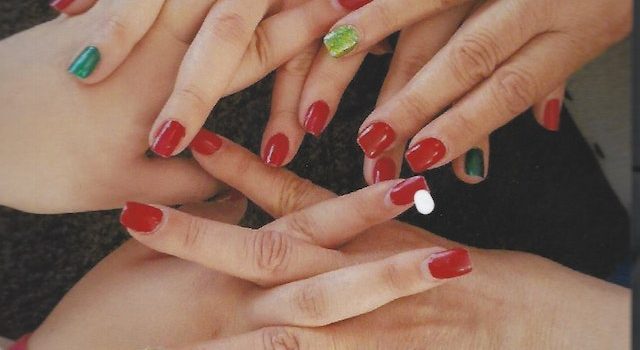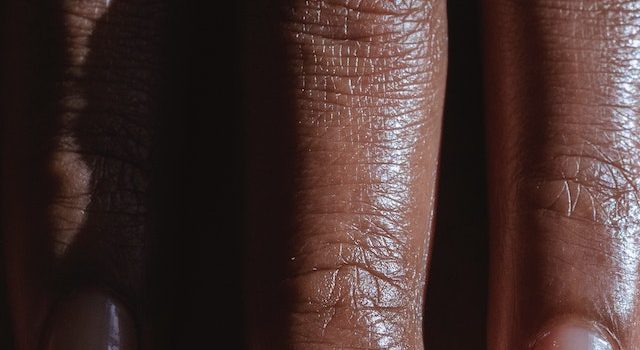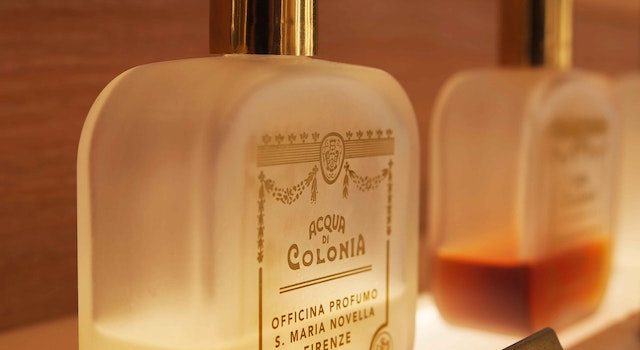
Introduction:
Dip powder manicures have gained significant popularity in recent years, offering a long-lasting and durable alternative to traditional nail polish. However, like any beauty trend, it’s essential to weigh the pros and cons before deciding if it’s worth the hype. In this article, we will explore the advantages and disadvantages of dip powder manicures, helping you make an informed decision about this nail enhancement technique.
Pros of Dip Powder Manicures:
1. Long-lasting durability: Dip powder manicures are known for their exceptional staying power. The powder formula, when properly applied, can last for several weeks without chipping or peeling, making it ideal for individuals seeking extended wear.
2. Strength and protection: Dip powder manicures provide an added layer of strength and protection to the natural nails. The dip powder acts as a shield, helping to prevent breakage and promoting nail growth.
3. Quick application process: Unlike gel manicures, dip powder manicures often require minimal curing time under a UV lamp. The application process is relatively quick and straightforward, saving you time at the salon.
4. Variety of colors and finishes: Dip powders come in a wide range of colors and finishes, allowing you to experiment with different looks and nail designs. Whether you prefer vibrant hues, glittery effects, or subtle shades, there’s a dip powder option to suit your style.
Cons of Dip Powder Manicures:
1. Removal process: The removal process for dip powder manicures can be more involved compared to regular nail polish. It typically involves soaking the nails in acetone and gently scraping off the remaining powder. Improper removal techniques or excessive scraping can potentially damage the nail bed.
2. Professional application: While dip powder manicures can be done at home, achieving salon-quality results often requires professional application. Applying the powder evenly and achieving smooth, flawless results can be challenging for beginners.
3. Limited DIY repairs: Unlike gel polish, which can be easily touched up or repaired at home, dip powder manicures are more difficult to fix if a nail chips or breaks. In such cases, it’s often best to seek professional assistance to ensure a seamless repair.
4. Potential for overexposure to chemicals: Dip powders contain ingredients such as acrylic polymers and activators, which may emit strong odors and potentially cause skin or respiratory irritation. It’s important to ensure proper ventilation during application and consider potential sensitivities before opting for this manicure technique.
Conclusion:
Dip powder manicures offer long-lasting durability, strength, and a variety of color options, making them appealing to many individuals. However, it’s essential to consider the potential downsides, such as the removal process, the need for professional application, and the exposure to certain chemicals. Ultimately, the decision to try dip powder manicures depends on your personal preferences and lifestyle. If you prioritize longevity and don’t mind the extra maintenance and potential salon visits, dip powder manicures can be a worthy choice. However, if you prefer more flexibility in changing your nail color frequently or have concerns about the removal process, traditional nail polish or other nail enhancement options may be more suitable for you.

















